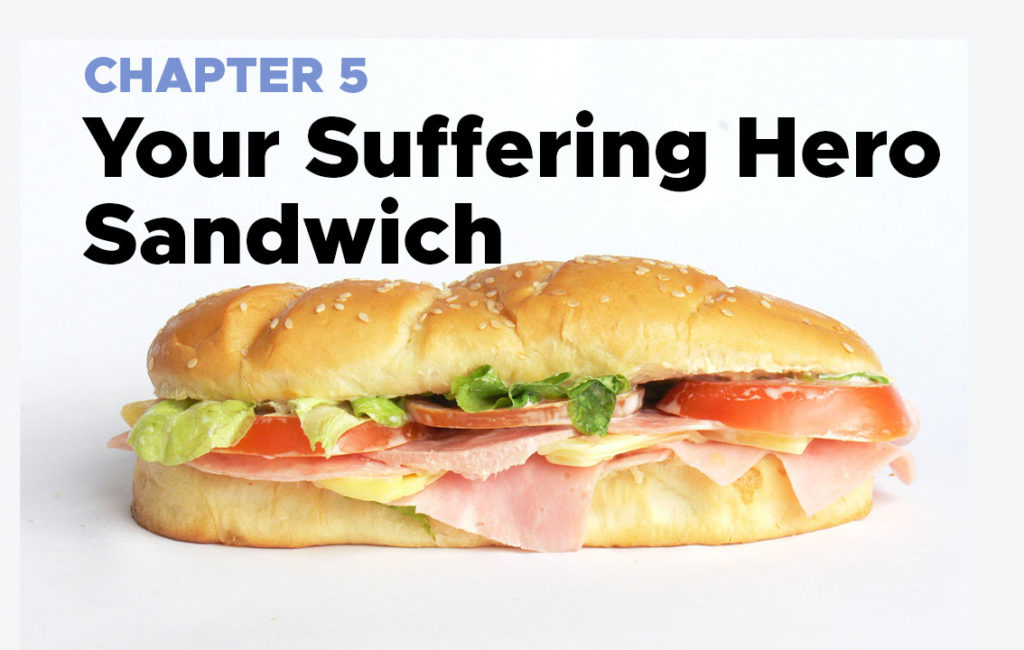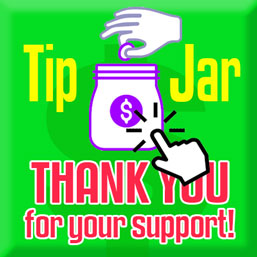A HYPOTHESIS OF EVERYTHING pt 1: YOU ARE HERE

CHAPTER 5
Your Suffering Hero Sandwich
The problem is that we don’t have a menu of sandwich choices. There’s just one – SUFFERING.
Before returning to Burundi in 2001 to see the house where I was born, I did a little research to update my general knowledge of the country. Amnesty International listed Sierra Leone as the poorest country in the world. Number two was Burundi. For some reason, I thought that it would be Ethiopia since there was an abundance of media covering the country’s desperate starvation and poverty. But I understood. After all, Burundi had been through nothing but decades of massacres scattered throughout the country, let alone the random assassinations of community and religious leaders against the backdrop of multiple genocides. I braced myself to see shocking scenes of suffering, malnourished children, and blank expressions or sadness on everyone’s faces. But I didn’t see any of that. I saw the opposite. I saw laughing, playing, singing, and people happy to see each other with hugs and energetic handshakes.
For me, just take away my iPhone and I’m done. To live the way that people in Burundi live would be brutal for me. But they have no context of anything different. And whatever way I live now, another person would deem as suffering if they had to live the way I do. It’s all relative, isn’t it?
Life changes, things happen, we get hurt, we make bad decisions. People lie to us and hurt us and we personalize it like it’s about us and not them. We are the victims.
Here’s the point. Suffering is subjective on an individual level.
What IS suffering? Here’s the dictionary definition:
suffering noun – the state of undergoing pain, distress, or hardship.
The word itself denotes that something else is the norm. You shouldn’t suffer. Pain is for other people. Life should be without hardship. If you fully embraced the fact that life is suffering and suffering is life, the notion of pain, distress, and difficulty would lose significance and simply disappear. But that’s not how we are wired. We expect life to include as little suffering as possible and are somehow surprised when suffering shows up.
What causes suffering? According to the Buddha, suffering is caused by the yearning or thirst for something better or different. There is no awareness of suffering without desire, which is the Second Noble Truth of Buddhism.
This is what happened in the garden of Eden. The serpent disrupted Adam and Eve’s perfect world by introducing desire and entitlement. Gen. 3:4 “..when you eat this delicious and beautiful fruit, your eyes will be opened, and you will be like God.” First of all, life is suffering because you’re NOT eating this perfect, delicious fruit. Second, life is suffering because you are blind to the fact that you could be enlightened and equal to God. Life in the garden wasn’t so good after all. Adam and Eve lacked experience and knowledge, and the serpent was so generous to offer it all. And of course, they ate the fruit. Why not? It only cost them their dignity and loss of their highest ideal. What about their suffering? Did it go away? I don’t think so. The yearning, thirst, desire, and subsequent entitlement just began. And as a species, we humans grabbed that baton and ran with it and never looked back.
Micro-transactions of trading dignity for desire happen every day when we use our addictive coping mechanisms to manage our suffering. Or when we get a notice that we are pre-approved for a credit card with no APR (Annual Percentage Rate) for 15 months. You deserve everything, and you deserve it now – not later when you can save up and buy it without debt.
The first of the four noble truths of Buddhism is Duḥkha, which is associated more with dissatisfaction than suffering, including “stress”, “difficulty”, “anxiety”, and “sadness”. Dissatisfaction runs rampant in the consciousness of every human. Distinguishing insufficiency is part of that. If you think you are different and are always satisfied with everything, go look in a mirror. The reason you are looking in the mirror is a conversation of insufficiency. If you avoid mirrors, that conversation is even louder. How much makeup is in your makeup bag? What do you use to measure your exercise or health or weight? How and on what is your spouse spending their time, and what does it mean about you? What kind of job or rank do you have? Are you satisfied with your current position? How much time do you look at Facebook, TikTok or Instagram envious of the lives of others? How are your most important relationships? Who have you lost in your life lately? What is happening in your body that merits the consideration of a visit to the doctor? What are your deepest regrets? Yes, life is suffering.
I was raised with a lot of evangelistic Christian influences. It was common to hear and say ridiculous things like “Christ suffered so that I don’t have to.” Christ called me to be an expression of himself in the world, not only to bear my own suffering but also to be responsible for the suffering of others. Does that set me apart from other people on the planet? You might think so, but no, it doesn’t. RESPONSIBILITY IS THE MANDATE OF ALL HUMANITY. It is where we find meaning and purpose. Without it, we go crazy. Most (and I’m being generous) psychological and social disorders arise from refusing to be responsible in some area of life.
Life is a suffering sandwich. Eat it!
What is a SANDWICH? It’s something we eat that’s usually between two pieces of bread. We don’t mention the bread because it’s the foundation of the construction of a sandwich. It’s also the most crucial part. If the bread is stale or soggy when it’s not supposed to be, your sandwich is ruined no matter what is inside. You might say, “Well, it’s a suffering sandwich. It’s already ruined.” No. It’s just life. It’s YOUR life – your meaningful life.
Would Superman be nearly as cool if even Kryptonite didn’t weaken him or that he had to hide out as Clark Kent? If Bruce Wayne’s parents were still alive, would he have any purpose of being the Batman and saving Gotham City? It’s vital for us to identify with our heroes in their suffering. They know what it’s like to be rejected and alone. They experience loss and sadness. It is the victory over their brokenness that makes us cheer. And why do we cheer? Because it is proof that there is hope for us too. We CAN rise out of the heap of garbage we were thrown into being considered useless or irrelevant. We CAN begin the process of remembering that being a warrior is in our DNA, like Alita Battle Angel.
Brokenness, struggle, sadness, pain, rejection, and loss are the prelude to redemption and restoring that which is good or just.
Say hello to the top slice of bread from the suffering sandwich. It’s partly the hero archetype that calls us to be great. It’s partly the universal hope for a brighter future. It’s the individuals with near-death experiences that report profound equality, beauty, peace, love, and acceptance on the other side of living this life. It’s good and goodness.
The bottom slice of bread is also good and goodness. It is the beginning of our stories when everything is safe and comfortable before the evil invasion or rise of the villain. In the story of young Prince Siddhartha Gautama (the Buddha), a strong castle protected him from knowing the pain and sorrow awaiting him outside the walls. Adam and Eve had provision and security in the Garden of Eden. Life was good. The story of the six days of creation in Genesis 1, ended with God’s observance, “It was good.” The creation of man and woman on the sixth day merited something special, “And it was VERY good.” The last verse of Genesis 2 says, “And they were naked and unashamed.” You can’t get much better than that.
We talk about “the good ole days.” Or, “back in the day when life was more simple.” Or “glory days.” There was a context before the current occurrence of suffering that seemed better or “good”. We feel nostalgic when we see the innocence of children, and we hope that innocence will be restored to us.
The structure of the suffering sandwich is the bread of “good and goodness” on the top and bottom with a big, fat slice of suffering in the middle. It’s the whole sandwich that makes it all worthwhile and meaningful. Enjoy it with a tall glass of gratitude.

Recent Comments